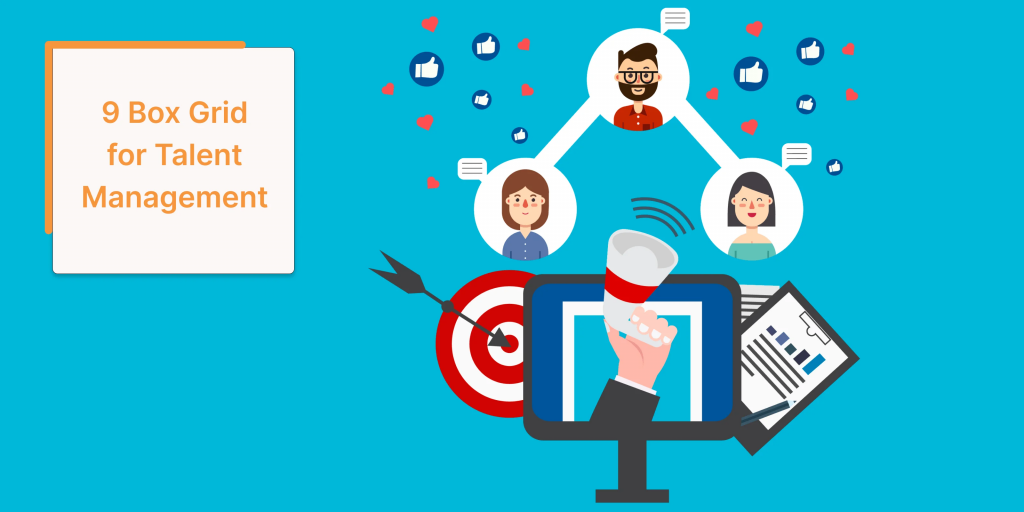What is casual leave? Definition and Rules
Casual leave is a form of paid leave that employees can use in case of an unforeseen or unplanned situation. Essentially, it allows them to take a short break from work, mainly for personal reasons, without prior scheduling. Employees usually avail this leave after they complete the probation period.
The term ‘casual’ refers to situations that arise spontaneously and require immediate attention. The company typically pays for this type of leave and applies its policies to it accordingly.
Every organization offers different kinds of paid leave, either planned or unplanned leave. These can be sick leave, maternity leave, and paternity leave.
A leave management tool automates the leave request process. Through this, employees can apply for casual leave and other leave online, and managers can hence approve or reject the leave request. The tool additionally helps HR to track leave balances and ensure compliance with company policy.
Frequently Asked Questions
Q1. | What is earned leave? |
| Ans. | Earned leave is a paid time off that an employee earns based on their work performance. Generally, employees can take earned leave for family commitments, emergencies, or vacations etc. Consequently, earned leaves help employees maintain a better work-life balance. The company calculates these leaves monthly for the year. |
Q2. | How many casual leaves are allowed in a year? |
| Ans. | The number of casual leaves allowed for an employee depends on the state of the company where it is located. Each state has different leave regulations and policies that it follows. Generally, companies provide 12-14 days of casual leave depending on the company’s standards. |
Q3. | Can casual leave be carried forward to the next year? |
| Ans. | The casual leave policy prevents employees from carrying it over to the next year. Therefore, employees must use their leave balance within the year the company grants it. |
Q4. | Is casual leave different from sick leave? |
| Ans. | Yes, both casual and sick leaves are different from each other. Hence, understanding the difference between sick leave vs casual leave is important. While employees can use the latter leave for unforeseen personal reasons, sick leave is specifically for illness or injury. |
Q5. | Can casual leave be clubbed with other types of leaves? |
| Ans. | No, employees should not club these leaves with sick leaves or earned leaves. |
Q6. | Can an employee take more than three days of casual leave at once? |
| Ans. | The number of casual leaves an employee can take simultaneously depends on the company’s leave policy. Moreover, if you need more leave, then other employee leave types, like earned leave, will be used. The rules vary from company to company, with some companies allowing only three days of paid casual leave, whereas others offering more than this. |
Q7. | Can casual leave be taken in advance? |
| Ans. | According to the casual leave rules, giving advance notice to the company is the recommended process. But this is subject to the company’s policies and the employer’s approval. Additionally, the company’s leave application process requires employees to submit their requests in advance. |
Resources
Explore how HR in 2025 will transform the workplace and redefine people strategies.
Learn why HR metrics are key to better engagement and smarter decisions.
Discover how the 9-box grid helps identify and develop talent for business growth.





